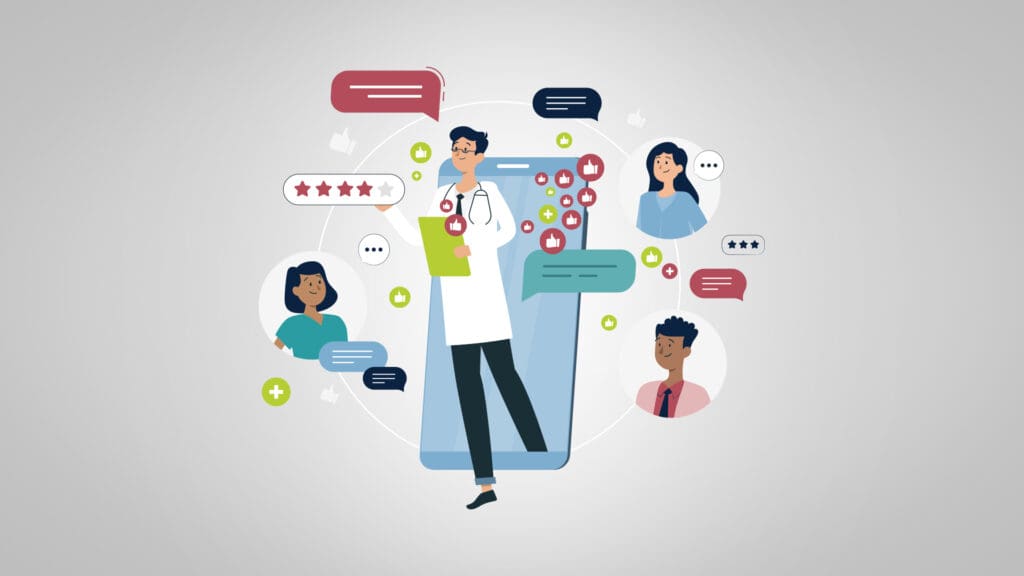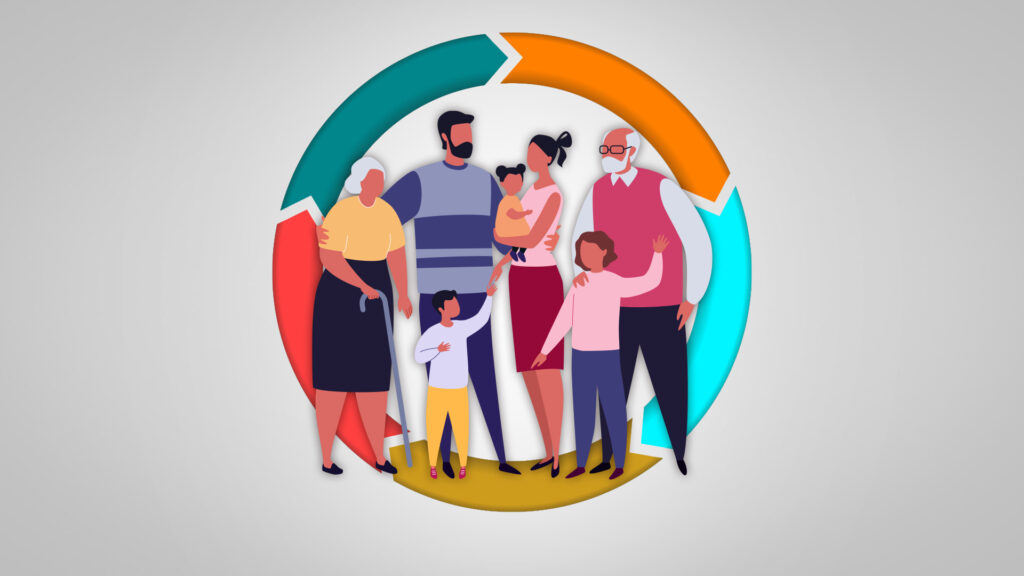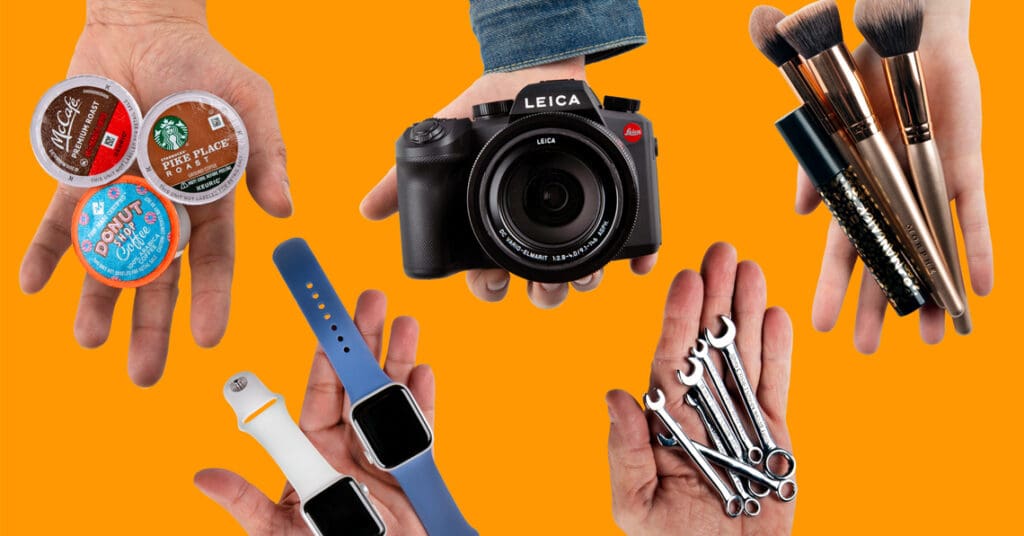
The Rise of Micro-Influencers in Healthcare Marketing
When we think of online influencers, it’s easy to instantly think of a celebrity or someone on Instagram with a blue checkmark by their name and one million plus-followers sharing their favorite makeup or facial cleanser. But, in reality, these types of influencers aren’t what’s driving the high user engagement rates. It’s their micro-influencer counterparts who are. In fact, when it comes to online influencers, bigger isn’t better.
In today’s edition of Plain Talk, we’ll investigate micro-influencers in healthcare marketing. We’ll look at their sway on healthcare decisions and what you should do about it.
- Why Consider Influencer Marketing?
- What Are Micro-Influencers?
- Got it. Micro-Influencers. But Healthcare?
- How To Use Micro-Influencers in Your Healthcare Marketing
- Get Expert Help With Using Micro-Influencers in Healthcare Marketing
Why Consider Influencer Marketing?
According to Influencer MarketingHub’s 2020 Benchmark Report, the average influencer generates nearly $6 in earned media coverage for every dollar spent. That’s not too shabby and nearly a third of marketers are already measuring influencer success based on sales impact.
The overall consumer perspective is equally rosy. One study noted that a majority of consumers 18-34 years old believed that social media influencers were honest and knowledgeable about the brands they represent. The reality is that influencer marketing as a channel is poised to continue growing aggressively. What may surprise you is that much of that anticipated growth will be coming from micro-influencers.
What Are Micro-Influencers?
Micro-influencers are online personalities, but with a much smaller audience size, usually consisting of less than 25,000 to 50,000 followers (definitions vary). These types of influencers are hyper-specific on the topics they discuss. Those who follow them are very active and engaged online.
You could argue that major celebrity influencers with larger numbers of followers would drive the most engagement. In reality, however, dollar-for-dollar, micro-influencers are driving more engagement online. In a recent study, over 800,000 Instagram accounts, each with over 1,000 followers, were analyzed to see how engaged and active their audiences were with their content. Those findings were then compared to major celebrity influencers with followers in the millions.
The chart below shows the engagement and like rates on Instagram. Note how they decrease significantly as followership increases. This trend is also present when looking at the comment rate.

In addition to the like rate and comment rate trends, Markerly’s research also concluded that Instagram influencers with 1,000 to 10,000 followers earned likes at a 4% rate. In contrast, accounts with over 10,000 only achieved a 2.4% like rate.
The power of micro-influencers
How does that translate to conversions? In addition to the Markerly research, another study analyzed micro-influencers and the power they carry when convincing online audiences to take an action. The two key statistics they discovered were:
- Micro-influencers achieved 22.2 times more conversions than average consumers when they recommended products.
- Eighty-two percent of consumers reported that they were highly likely to follow a recommendation made by a micro-influencer.
So, when thinking about how to get your brand name, product, or services out there and in front of your target audience on social media, bigger isn’t always better. If you are faced with a limited marketing budget, micro-influencers may be able to make your money go further.
Got it. Micro-Influencers. But Healthcare?
Of all the brands, products and/or services often promoted online by influencers, healthcare isn’t usually at the top of the list. However, influencers can play a key role in how important someone views their overall health and how they manage it.
Micro-influencers are talking to a much smaller audience size and may choose to touch on more personal topics, such as health conditions they are experiencing or have experienced, treatments they have received, or physicians/facilities who have helped them. Sharing something so personal online helps the influencer gain credibility with their audience—which is everything. Those who appear trustworthy and believable can often resonate more with an audience than the best marketing strategy or targeted creative ad.
Because of their focus, higher engagement and smaller follower groups, healthcare makes an excellent category for engaging micro and even nano-influencers (fewer than 10,000 followers).
Why it works
Consumers who engage with influencers on social media regarding healthcare tend to focus on communities and interest groups that share their health conditions. In fact, the 2019 WEGO Health survey noted that 93% of consumers said that influencers drove them to ask physicians about health information they shared and 87% noted they would discuss treatments they heard about from trusted influencers.
Healthcare social media groups and micro-influencer follower groups are often considerably more intimate than typical social groups, and can function as a sounding board and support group of sorts where members openly discuss treatments, fears, successes and failures. Finding a sincere and authentic voice among these groups can be an incredibly powerful resource to help providers disseminate important information and drive further conversations with providers.
How To Use Micro-Influencers in Your Healthcare Marketing
If you are looking to explore incorporating micro-influencers into your marketing strategy, here are a few tips to keep in mind.
1. Develop specific marketing goals
An influencer can help raise awareness and provider engagement with any part of the care process; from general awareness of a condition and/or illness to diagnosis and treatment, to even follow-up. Determining your overall marketing goals will help you identify which influencer is right for you and your message.
2. Make sure your messaging is compliant with regulations
The standard legal and HIPPA regulations that apply to all healthcare marketing also apply to micro-influencers and their sponsored content. But for all online influencers, there are additional regulations that need to be followed. In 2019, the Federal Trade Commission (FTC) published “Disclosures 101 For Social Media Influencers,” which is a guide for influencers detailing what to disclose to their audience and when.
3. Find the right influencer for your brand and goals
Anyone can be an influencer; they don’t have to be a household name. Influencers can include public figures and qualified peers, such as someone who has experienced the same health issues as your audience, making their story and insights more relatable, or subject matter experts, such as healthcare providers, scientists or healthcare organizations.
Finding the right influencer may seem like an overwhelming task, but there are tools available to help get you started. First, start by paying attention to the people and organizations already talking about your brand. If former patients are sharing positive experiences on blogs and social media accounts, it’s easier to develop influencer relationships organically.
Tools you can use
If you are looking for those who may have a larger following, social listening tools, such as BuzzSumo or Keyhole can be useful in finding top influencers using specific hashtags, keywords or subjects.
There are also niche healthcare networking platforms that can be used for connecting influencers and healthcare brands, allowing brands to leverage the patient’s experience.
4. Measure your results
Keeping track of all marketing efforts both before and after working with micro-influencers can help determine how successful of a tactic it was. By creating custom links, influencers can share and track website conversion activity, and companies can keep track of how much business or awareness is being generated.
As with any marketing strategy, it’s best to do what’s right for your brand and audience. And the use of micro-influencers may help bridge the gap between talking at your audience and engaging with them directly online with authentic, customized and targeted messaging from someone with first-hand experience.
Get Expert Help With Using Micro-Influencers in Healthcare Marketing
If this left you curious about how you can best apply micro-influencers to your practice, give us a call at 502-499-4209 or drop us a note and we’ll be happy to jump on a call.
Our Articles Delivered
Signup to receive our latest articles right in your inbox.







